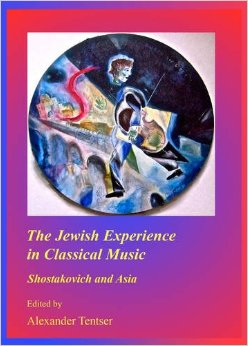
The First Committee of the Hebrew Language, Jerusalem 1912. Sitting (from right to left): Eliezer Ben-Yehuda, Joseph Klausner, David Yellin, and Eliezer Meir Lifshitz; standing: Chaim Aryeh Zuta, Kadish Yehuda Silman, Abraham Zevi Idelsohn, Abraham Jacob Brawer. Photo by Ya’ackov Ben-Dov (Widener Library, Cambridge, public domain)
Upon settling in Jerusalem in 1906, the Latvian cantor Abraham Zvi Idelsohn (1882–1938) was deeply impressed by the diversity of the Jewish communities in Palestine and embarked on a massive project. Supported by the Academy of Science in Vienna and supplied with a phonograph for his fieldwork, Idelsohn recorded the unique musical and linguistic traditions of these communities. This ethnological work led to the publication of his Gesänge der jemenitischen Juden (Leipzig: Breitkopf & Härtel, 1914), which would become the first installment of his 10-volume Hebräisch-orientalischer Melodienschatz / Thesaurus of oriental Hebrew melodies (Leipzig: Breitkopf & Härtel et al., 1914–32).
In its final form, the thesaurus covers a universe of over 8000 Jewish melodies including the musical traditions of Yemenite, Babylonian, Persian, Bukharan, Oriental Sephardi, Moroccan, German, Eastern European, and Hassidic Jewish communities in Palestine and throughout the Diaspora (as a cantor he had previously served in South Africa and in various cities in Germany). Idelsohn’s goal was to illuminate the “authentic” Hebrew elements in Jewish melodies. He firmly believed that neither geographical change nor outside influences could alter the basic spiritual mold of Jewish culture.
Both the original publication and the reprints of this exhaustive and seminal work are now accessible through RILM’s Index to Printed Music (IPM), the digital finding aid for locating musical works contained in printed collections, sets, and series. Researchers no longer have to cope with the print editions, working page by page through bulky tomes. For example, a search in IPM for Adon olam (Eternal Lord), a piyyut used in the Jewish liturgy since the 15th century, yields 58 renditions sprinkled throughout six of the volumes; these can now be easily located, along with page numbers and further details.
Below, a rendition of Adon olam that comes close to Idelsohn’s transcription no. 59 (Thesaurus. IV: Gesänge der orientalischen Sefardim / Songs of the Oriental Sephardim of 1923).






